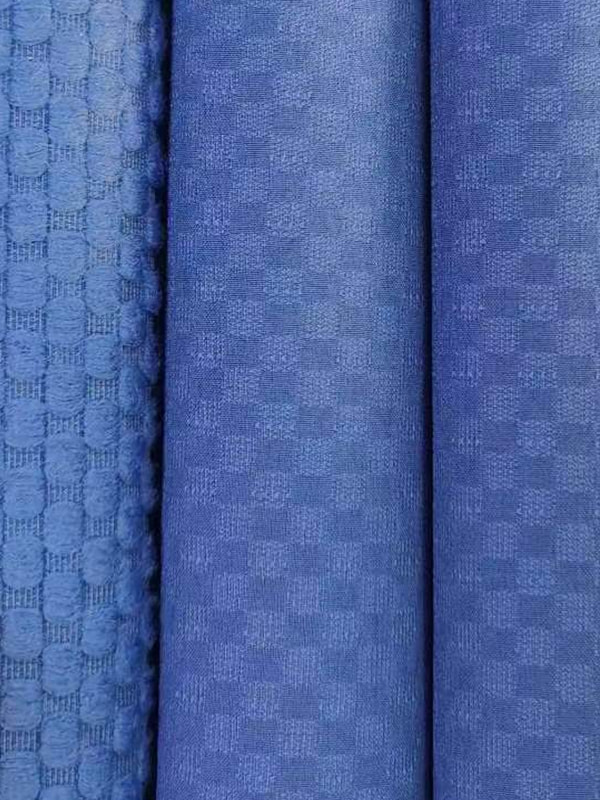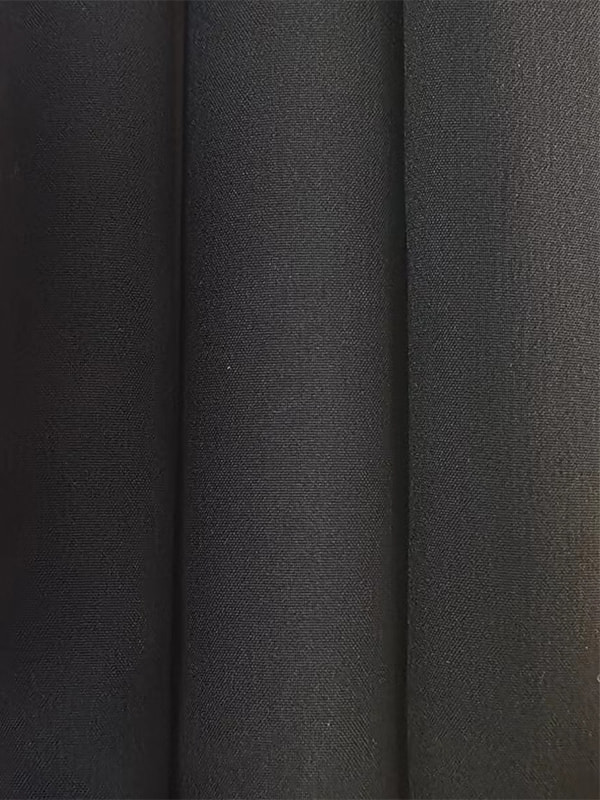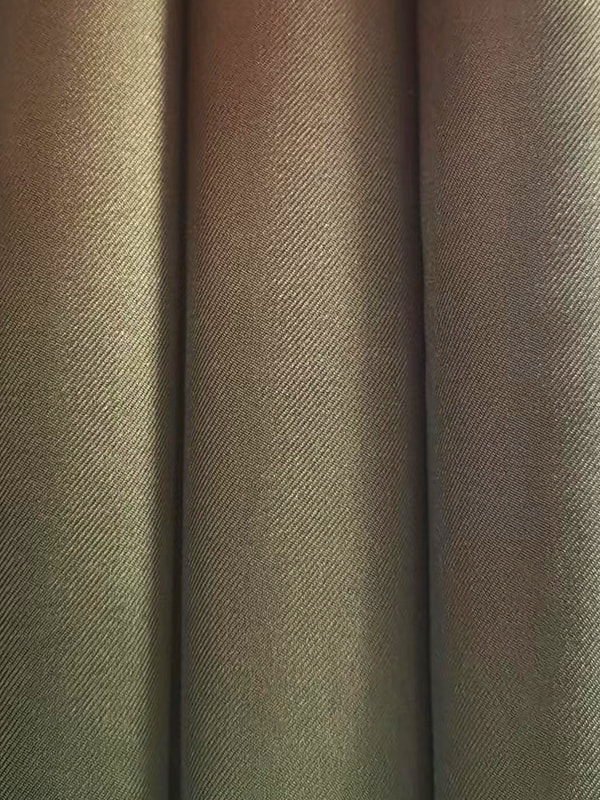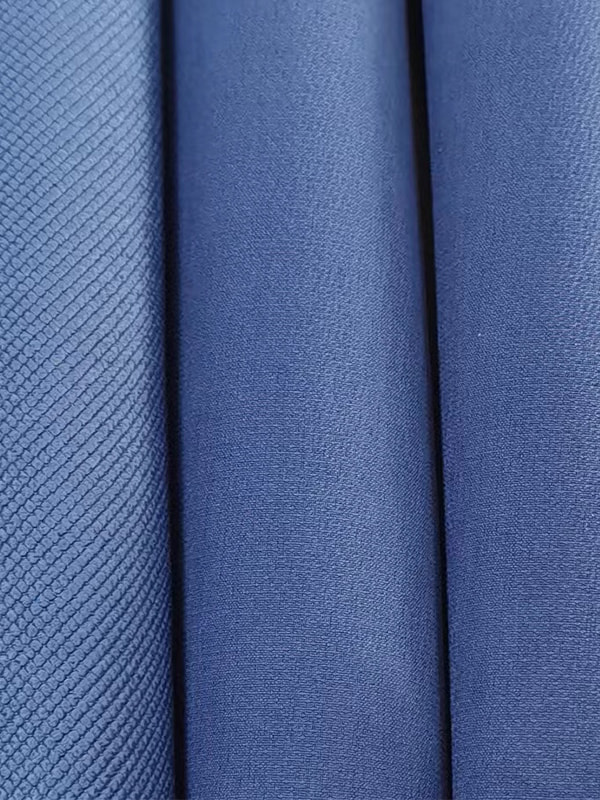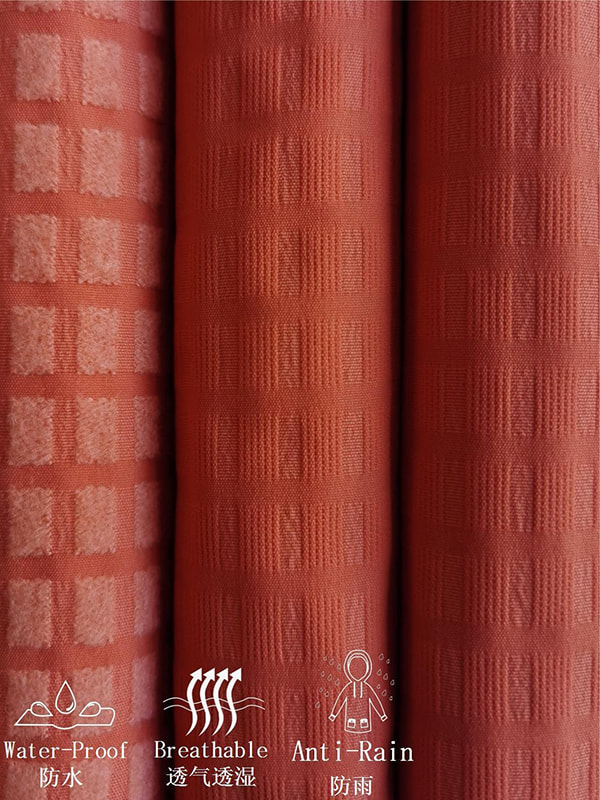How Sustainable Functional Fabrics from China Are Transforming the Textile Industry
2025-10-27
Introduction to Sustainable Functional Fabrics in China
The textile industry is undergoing a significant transformation, with sustainability at the forefront of this change. China, traditionally known as the "world's factory," is now emerging as a leader in producing sustainable functional fabrics. These fabrics not only meet the growing demand for eco-friendly materials but also incorporate advanced functionalities that enhance the performance of textiles.
As global awareness of environmental issues increases, there is a shift towards materials that are both sustainable and functional. Chinese manufacturers are responding to this demand by innovating and adopting practices that reduce environmental impact while improving the quality and functionality of fabrics.
Defining Sustainable Functional Fabrics
Sustainable functional fabrics refer to textiles that are produced using environmentally friendly processes and materials, offering additional functionalities such as moisture-wicking, UV protection, or antimicrobial properties. These fabrics aim to minimize ecological footprints while enhancing the performance and longevity of the garments they compose.
China's Role in Sustainable Textile Innovation
China's textile sector is embracing sustainability through various initiatives, including the adoption of green manufacturing practices, the use of renewable energy sources, and the development of innovative materials. Government policies and international collaborations are further driving the adoption of sustainable practices within the industry.
Key Materials Driving Sustainability in Chinese Functional Fabrics
Several materials are central to the development of sustainable functional fabrics in China. These materials not only offer environmental benefits but also contribute to the enhanced performance characteristics of the fabrics.
Recycled Polyester (rPET)
Recycled polyester, commonly known as rPET, is derived from post-consumer plastic bottles and other polyester waste. This material reduces the need for virgin polyester, conserving resources and reducing waste.
- Reduces plastic waste by repurposing bottles.
- Consumes less energy compared to virgin polyester production.
- Maintains durability and versatility in textile applications.
Organic Hemp
Organic hemp is a natural fiber that requires minimal pesticides and water to cultivate, making it an environmentally friendly choice for fabric production.
- Biodegradable and compostable.
- Requires fewer chemicals and water during cultivation.
- Offers natural UV protection and breathability.
Biodegradable Fibers
Biodegradable fibers, such as Tencel and organic cotton, decompose naturally, reducing landfill waste and environmental pollution.
- Decomposes naturally without releasing harmful substances.
- Produced from renewable resources.
- Soft texture and comfortable wearability.
Technological Innovations in Sustainable Functional Fabrics
Advancements in textile technology are enabling the development of fabrics that not only meet sustainability criteria but also offer enhanced functionalities.
Smart Textiles and Adaptive Materials
Smart textiles are fabrics embedded with sensors or actuators that can respond to environmental stimuli, such as temperature or moisture.
- Can regulate body temperature by adjusting to environmental changes.
- Enhance wearer comfort and performance.
- Applications in sportswear and medical textiles.
Energy-Harvesting Fabrics
Energy-harvesting fabrics incorporate materials that can capture and store energy from environmental sources, such as solar or mechanical energy.
- Power wearable devices through ambient energy.
- Reduce the need for external power sources.
- Applications in wearable electronics and smart clothing.
Environmental and Economic Impacts
The shift towards sustainable functional fabrics in China is yielding significant environmental and economic benefits.
Reducing Carbon Footprint
By utilizing recycled materials and energy-efficient production processes, the carbon footprint of textile manufacturing is significantly reduced.
- Lower greenhouse gas emissions during production.
- Conservation of natural resources.
- Reduction in overall environmental impact.
Economic Benefits for Manufacturers
Adopting sustainable practices can lead to cost savings and open new market opportunities for manufacturers.
- Access to eco-conscious consumer markets.
- Potential for cost savings through resource efficiency.
- Enhanced brand reputation and competitiveness.
Challenges and Opportunities in the Sustainable Fabric Sector
While the move towards sustainable functional fabrics presents numerous benefits, there are challenges that need to be addressed.
Overcoming Production Barriers
Transitioning to sustainable fabric production may involve initial investment and adaptation of existing manufacturing processes.
- Need for investment in new technologies and equipment.
- Training and development of workforce skills.
- Overcoming supply chain complexities.
Market Demand and Consumer Awareness
Increasing consumer demand for sustainable products is driving the market for eco-friendly fabrics.
- Growing consumer preference for environmentally friendly products.
- Need for increased consumer education on sustainability issues.
- Potential for market expansion in eco-conscious demographics.
FAQ
What are sustainable functional fabrics?
Sustainable functional fabrics are textiles produced using environmentally friendly materials and processes that offer additional functionalities, such as moisture-wicking, UV protection, or antimicrobial properties.
Why is China leading in sustainable fabric production?
China's leadership in sustainable fabric production is due to a combination of government policies, investment in green technologies, and a growing demand for eco-friendly textiles both domestically and internationally.
What materials are commonly used in sustainable functional fabrics?
Common materials include recycled polyester (rPET), organic hemp, biodegradable fibers like Tencel, and other natural fibers that require fewer chemicals and water during cultivation.
How do smart textiles contribute to sustainability?
Smart textiles can adapt to environmental changes, enhancing wearer comfort and performance, and potentially reducing the need for additional energy sources or materials.
What are the economic benefits of adopting sustainable fabric practices?
Economic benefits include access to eco-conscious consumer markets, potential cost savings through resource efficiency, and enhanced brand reputation leading to increased competitiveness.
Contact Us for More Details
Don't hesitate to contact when you need us!

 English
English 中文简体
中文简体